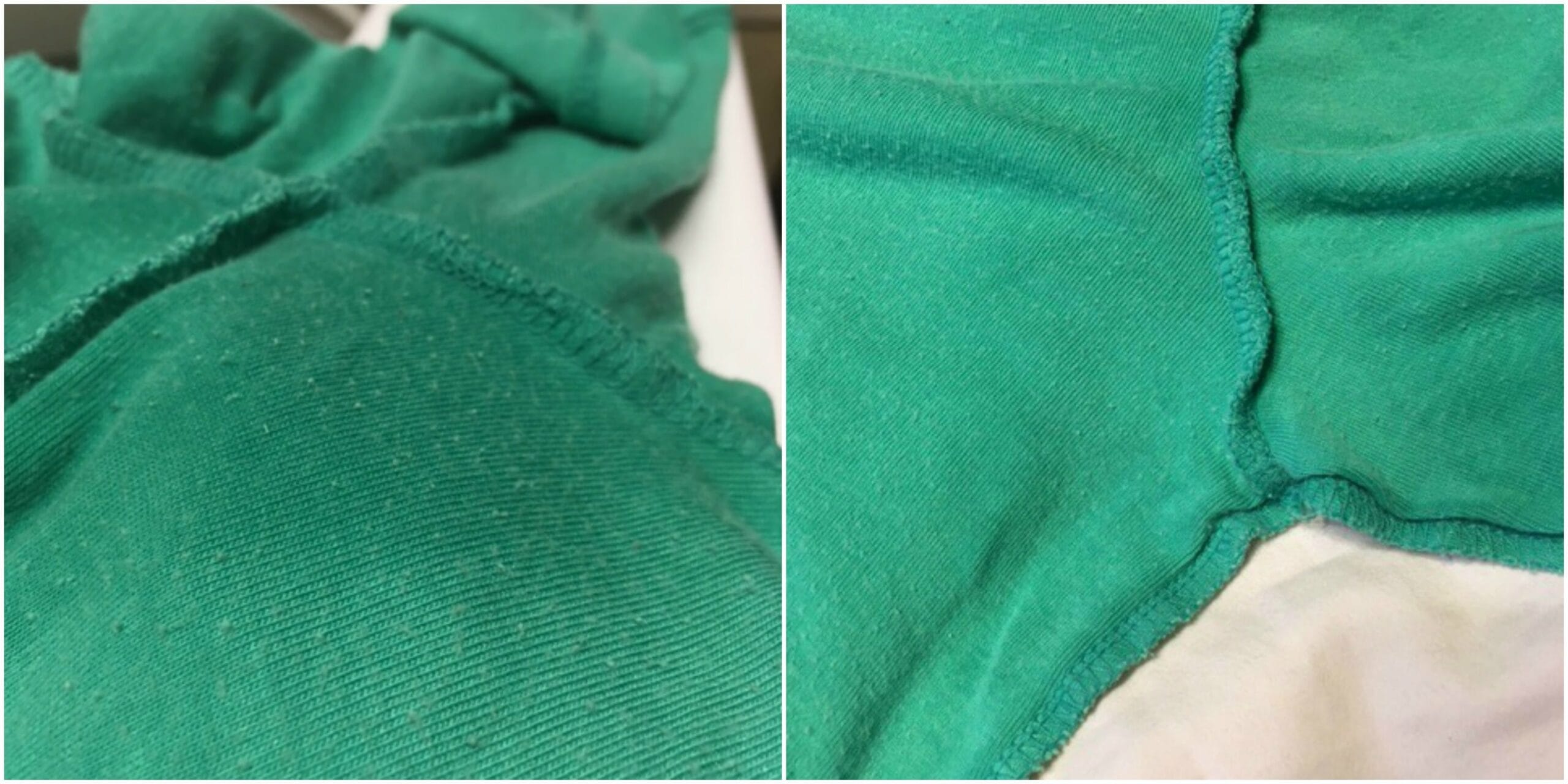Tired of those annoying white deodorant stains on your favorite black shirts? This guide provides proven tricks and tips to eliminate those marks and keep your black wardrobe looking its best. From quick fixes to deep cleaning solutions and preventative measures, we’ll cover it all.
Banishing Deodorant Marks: Quick & Easy Solutions
Let’s start with some fast and simple methods, perfect for when you’re in a hurry. These are most effective on fresh deodorant marks.
Quick Fixes
- The Nylon/Dryer Sheet Trick: Grab a spare nylon stocking or a used dryer sheet. Gently rub it over the stain using short, brisk strokes. The friction can lift off surface deodorant.
- Fabric-on-Fabric Friction: If the fabric isn’t delicate, try rubbing the stained part of the shirt against itself to loosen the deodorant. This might make it less noticeable, but may not be as effective as other methods.
- The Hanger Hack: Gently rub the foam pad of your hanger over the stain. This can sometimes dislodge the deodorant.
Tackling Stubborn Stains: Deeper Cleaning Methods
If the quick fixes weren’t enough, or the stain is older and set in, these more involved methods might be necessary.
Deeper Cleaning
- The Vinegar Soak: White vinegar’s mild acidity can dissolve deodorant residue. Soak the stained area in cool water with a cup of white vinegar for 30-60 minutes. Gently scrub with a soft-bristled toothbrush afterward.
- Lemon Juice Power: Similar to vinegar, lemon juice’s acidity can break down stain components. Apply fresh lemon juice directly, let it sit for a few minutes, then launder. Be cautious with delicate fabrics, as lemon juice may cause lightening.
- Baking Soda Paste: Make a paste of baking soda and water, apply to the stain, let it dry completely, then brush off and launder. Baking soda acts as a gentle abrasive to lift the stain.
Heavy-Duty Stain Removal: For the Toughest Marks
For particularly stubborn stains or delicate fabrics, these methods offer more powerful solutions.
Heavy Duty Options
- Detergent Pre-Treatment: Apply liquid laundry detergent directly to the stain, let it sit for 20 minutes, then wash without rinsing. Add fabric softener to the rinse cycle.
- Commercial Stain Removers: Use a stain remover designed for clothing, following product instructions carefully. Always test in an inconspicuous area first, especially on delicate fabrics.
- Professional Cleaning: For delicate fabrics or truly stubborn stains, consider professional dry cleaning.
Preventing Deodorant Stains: Proactive Strategies
Preventing stains is always easier than removing them. Here’s how to keep your black shirts looking their best:
Prevention is Key
- Patience is Key: Let your deodorant dry completely before putting on your shirt.
- Less is More: Apply a thin, even coat of deodorant to minimize residue.
- Deodorant Choice Matters: Look for deodorants labeled “invisible solid,” “clear gel,” or “stain-free.” Experiment to find one that works for you.
Additional Tips & Tricks
- Cold Water Wash: Wash your shirt in cold water, as hot water can set the stain.
- Avoid Bleach: Bleach can fade black clothes and damage the fabric.
- Gentle Detergent: Use a mild detergent.
- Test First: Always test any stain removal method on a hidden area of the garment first.
Current research suggests that certain fabric types are more prone to deodorant staining than others. Consider this when buying new clothes. If you’re looking for a thoughtful way to honor your furry friend, consider purchasing one of our headstones for pets graves. Our headstones are made of high-quality materials and are designed to withstand the elements, ensuring that your pet’s memory will be preserved for years to come.
Understanding the Science Behind the Stains
Deodorant stains primarily result from a combination of ingredients in antiperspirants (often aluminum-based compounds), sweat, and the fabric fibers of your shirt. These ingredients can interact and leave behind a white or yellowish residue. Darker fabrics, like black, make these residues particularly noticeable. Some experts believe that the aluminum compounds in antiperspirants react with the proteins in sweat, creating a compound that clings to fabric fibers. There is ongoing research into the exact mechanisms of this reaction.
Fabric-Specific Advice
Different fabrics react differently to various stain removal methods.
- Cotton: Generally durable and responds well to most methods. Vinegar and baking soda are usually safe.
- Linen: Can be more delicate. Test solutions carefully and avoid harsh scrubbing.
- Synthetics (Polyester, Rayon, etc.): These can be prone to discoloration. Test solutions thoroughly and opt for gentler methods first. Some synthetics may require professional cleaning for stubborn stains.
Deodorant Type Considerations
- Gel Deodorants: Often marketed as “clear” or “invisible,” these may be less likely to leave white marks.
- Stick Deodorants: The most common type, but can leave more residue. Allowing them to dry thoroughly is crucial.
- Spray Deodorants: Less likely to leave visible white marks, but may still contribute to yellowing over time.
While this guide provides comprehensive advice, stain removal can be a bit of an art and a science. What works for one fabric or stain might not work for another. Don’t be discouraged if one method doesn’t yield perfect results. There is ongoing research and development in textile care and stain removal. New products and techniques are always emerging, so there’s likely a solution out there for even the toughest deodorant stain.
- Unlock Water’s Symbolism: A Cross-Cultural Exploration - April 20, 2025
- Identify Black and White Snakes: Venomous or Harmless? - April 20, 2025
- Unlocking Potential: Origins High School’s NYC Story - April 20, 2025
















1 thought on “How to Remove Deodorant Stains from Black Shirts: Easy Fixes & Prevention Tips”
Comments are closed.